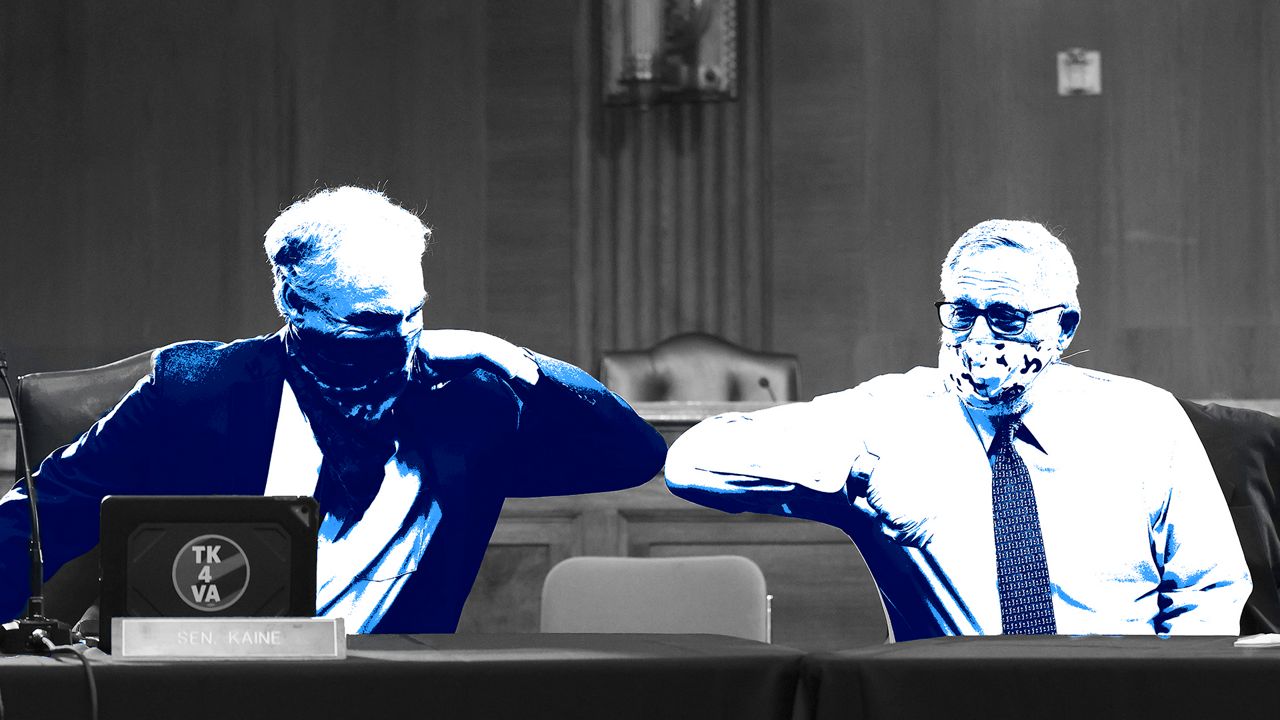Social media platforms can be vehicles of division, driving a wedge between us to encourage tribalism, especially in times of tumult.
But Albany Law School Prof. Ray Brescia is more optimistic about how social movements can actually bring people together. And when people can't stand closer than six feet, how can political organizing get done? What does this mean for the future of advocacy?
"I think that with social distancing we're in a situation now where we can try to learn from these movements in the past that have harnessed the latest communication technologies to advance social change," he said.
Brescia is out with a new book on social movements and organizing, called The Future of Change. In it, he examines movements from the abolition of slavery to the fight for same-sex marriage. He says there's a lot to learn from those times during the current crisis.
"With social media we're able to build some of those connections we're able to build some of those connections we wouldn't have otherwise be able to build if we were in the Spanish flu pandemic of 1918," Brescia said. "We wouldn't have the same tools to help build awareness."
Even now, public officials are trying to normalize behavior like mask wearing during the pandemic. Gov. Andrew Cuomo's office even ran a contest for public service announcements on mask wearing to highlight the issue.
"Wearing a mask is now cool," Cuomo said. "I believe it's cool."
Brescia says it can go even deeper than that, with social media as a powerful tool for showing people how doctors and nurses work during the pandemic.
"Having those be elevated and shared is really, really powerful," he said, "and helps to connect people to what's going on inside the hospitals where we literally cannot go."



